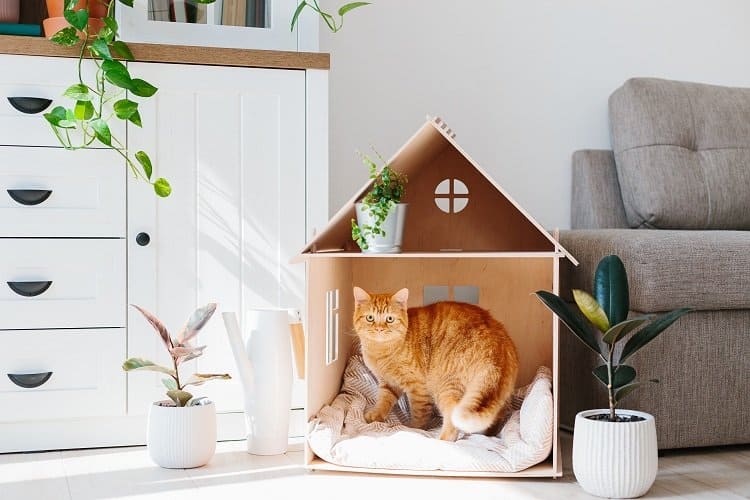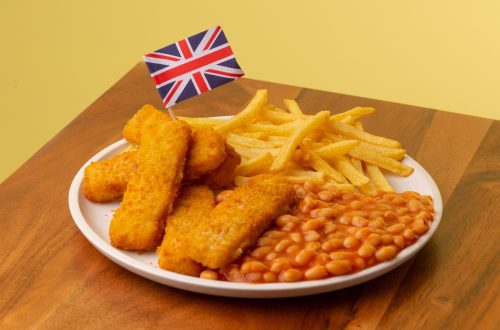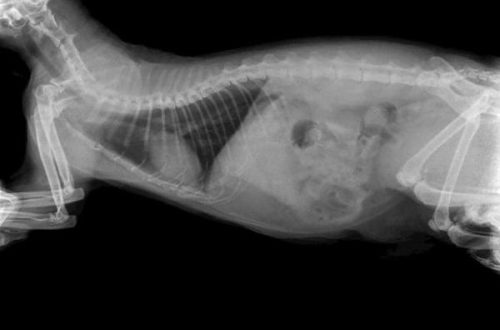
How to make your home cat-safe

While your home may be the most comfortable place your cat has ever been, it can also be the most dangerous. Take the time to explore your home from a pet’s point of view. If you quickly walk through the rooms, you will be able to identify potential hazards that can be easily eliminated. So what is dangerous for cats?
Liquid hazards. Cats are smart and can learn to open cabinets, so store household chemicals and poisons like antifreeze in a cabinet with a child-proof lock or latch.
My home is my castle. Keep your cat indoors and away from extreme weather all year round. Life on the street is full of dangers – from predators to traffic. Get pet-safe toys to keep your pet busy when you don’t have time to give her attention.
Twisted or hanging hazards. All rope, thread, and other similar materials should be removed after use to prevent your cat from eating them. Also be aware of the risks associated with hanging cords from blinds or curtains, electrical cords, wires, dental floss, and rubber bands.
When green means stop. Even if your pet gets enough perfectly balanced cat food, they can still try something else in your home. Toxic plants and other natural hazards include philodendron, mistletoe, poinsettia, lilies, azaleas, daffodils, tomatoes, and hydrangeas. Try growing wheatgrass indoors in a sustainable pot to attract your cat and protect ornamental plants.
Hidden traps. Keep kitchen counters clean and do not leave any sharp utensils on them that your pet might stumble upon. Also keep toilet lids, washer and dryer doors, and trash cans closed.
Other dangerous objects. Here is a list of objects in your home that may be dangerous to your cat:
Sewing accessories.
Clips.
Erasers
Staple staples.
Plastic bags.
Ties or ribbons.
Coins.
Small details from board games.
Christmas decorations.
Medicines.
Vitamins.
Razors
Cotton balls.
Cellophane film.
Aluminium foil.
Christmas tree.
SOURCE: Hills Pet Nutrition Guide to Health Throughout Life ©2008





